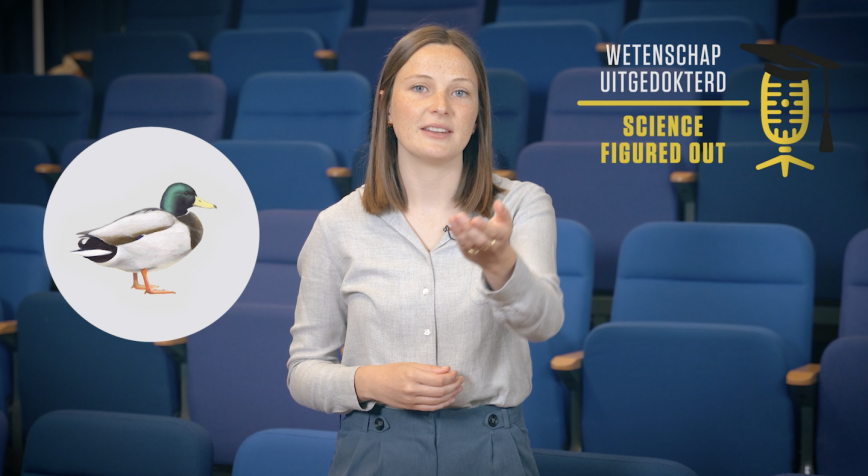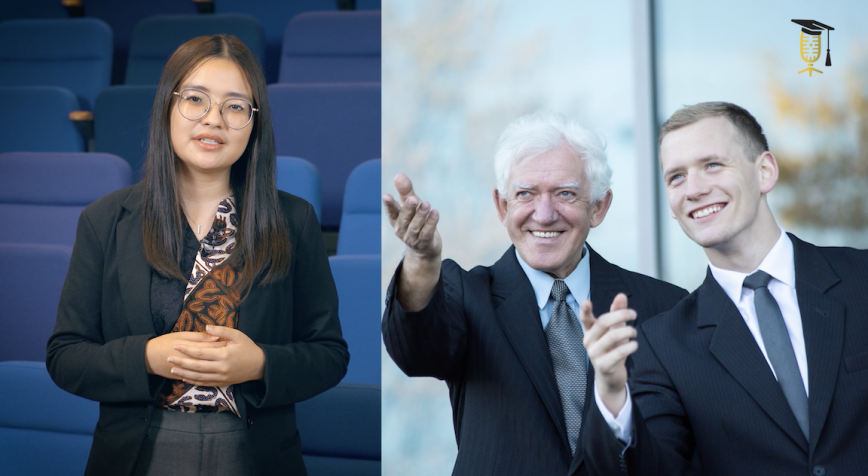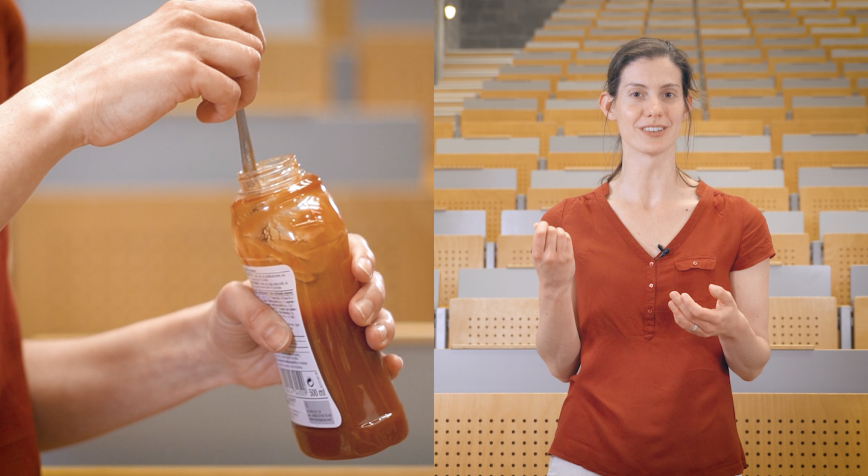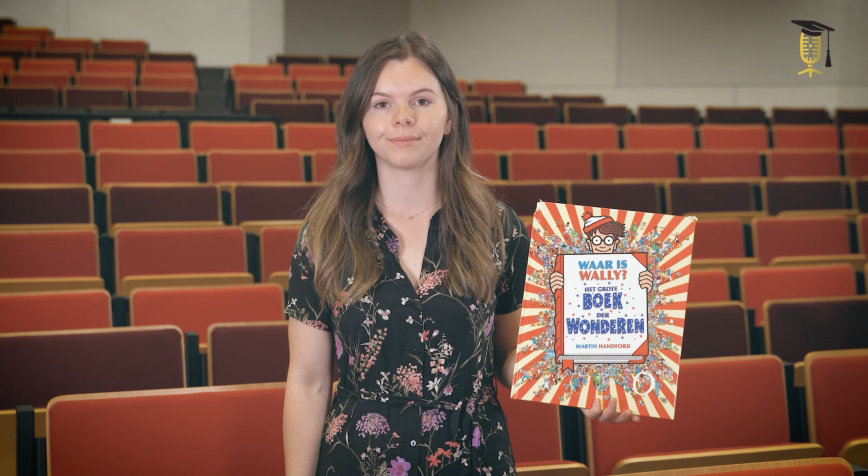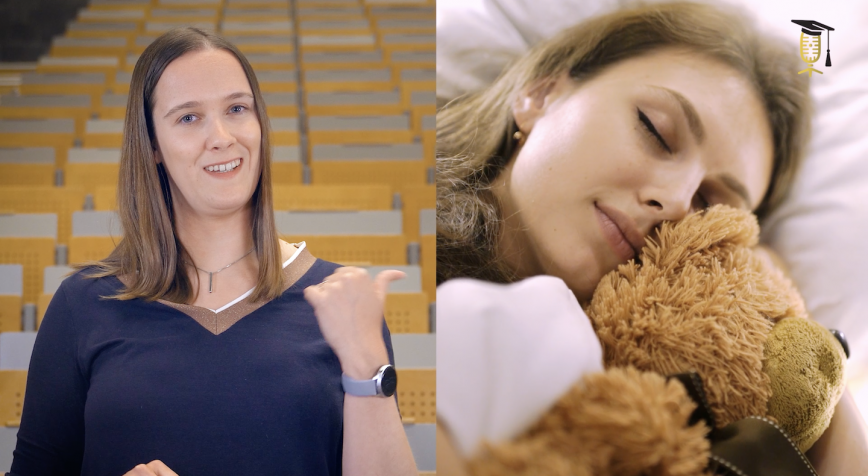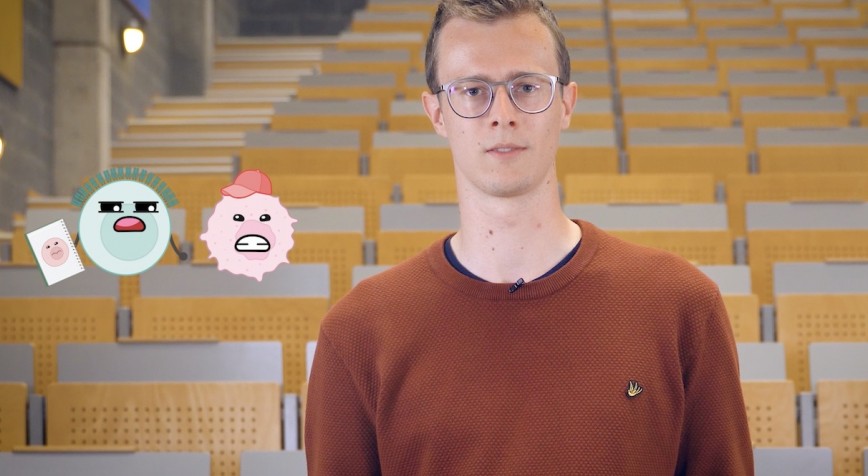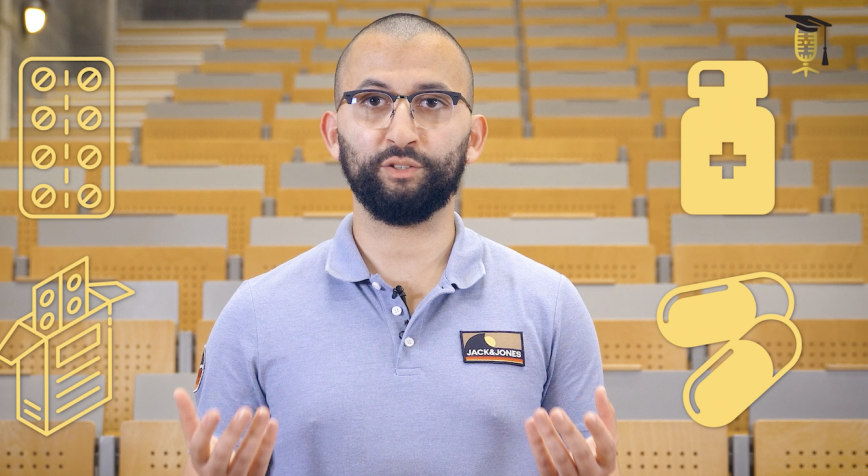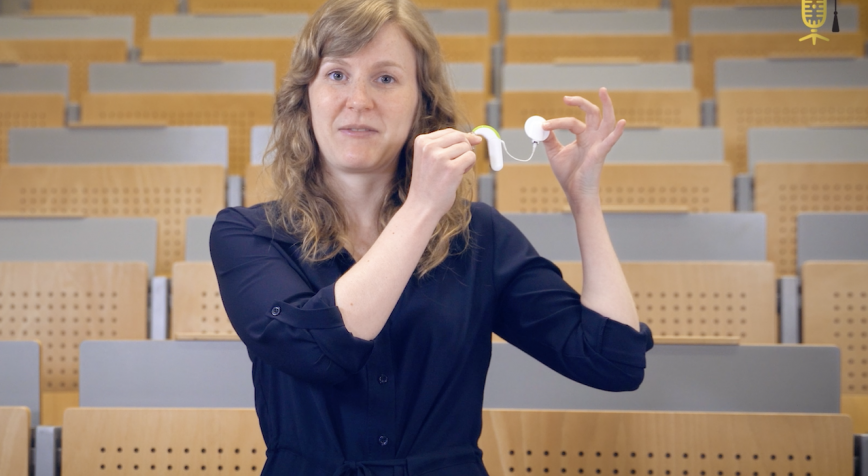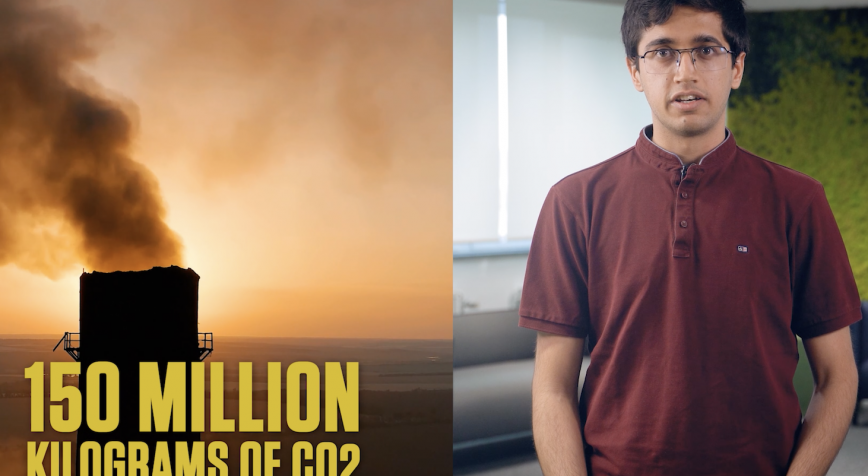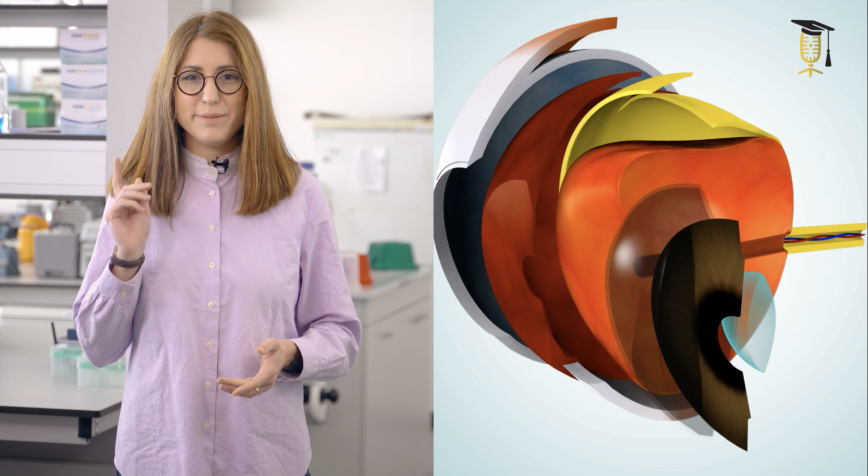
Inherited retinal diseases
Have you ever heard of Stargardt disease? This is a rare, inherited disease that can cause severe damage to the retina of your eye. When that happens, it can lead to partial or complete blindness. This can affect children or can arise in early adulthood. To tackle this disease, as well as other inherited retinal diseases, PhD researcher Melita Kaltak focuses her efforts on mutations in the mRNA. The goal is to develop novel RNA therapies, specific to each patient, as she explains in this video

